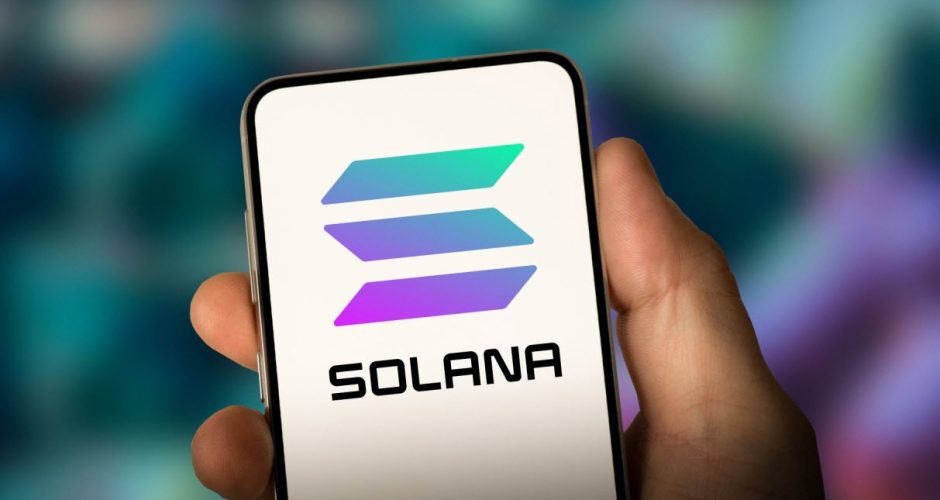Several platforms stand out in the realm of blockchain technology due to their innovative and ambitious applications. Solana’s name continues to reverberate increasingly louder as it gains momentum in the fast-paced world of cryptocurrencies and decentralized finance. This article presents a comprehensive view of Solana, explaining what it is, its fundamental concept, how it functions, and its significance in the current blockchain environment.
Understanding Solana
Solana is an advanced decentralized computing platform that uses SOL, its native cryptocurrency, for transaction processing and incentivising network validators. It falls under the class of blockchain platforms comprising Ethereum and Bitcoin. Satoshi Nakamoto, who invented blockchain, primarily designed it to record digital currency transactions. Solana, on the other hand, extends blockchain’s functionality further, offering a fast, secure, and scalable infrastructure to host decentralized applications (DApps) and crypto-currencies.
Solana’s Fundamental Concept
Solana’s main tagline is that it’s the “fastest blockchain in the world” and “the fastest growing ecosystem in crypto.” While these assertions may sound lofty, Solana’s technological features do provide it with a considerable edge.
The foundation of Solana rests on Proof of History (PoH), a system for creating trustless time-based transactions on the blockchain. PoH is designed to help solve some of the scalability issues experienced by other chains. This unique timestamp feature allows for the processing of many transactions in parallel, leading to faster confirmation times and high throughput, reaching up to 65,000 transactions per second (tps).
How Does Solana Work?
Solana employs a unique linear scalability solution: the more nodes, the more throughput. It breaks away from the traditional blockchain mechanism of processing transactions in sequential order. Instead, it reduces processing time through a clever mix of Proof of History and the Tower BFT (Byzantine Fault Tolerance) consensus algorithm.
The Tower BFT leverages the historical records created by the PoH, which reduces messaging overhead and computation. The operation then adopts a more streamlined, sophisticated GPU-friendly process, resulting in a system that validates and executes transactions with high efficiency.
Importance of Solana in the Blockchain Sphere
Solana’s groundbreaking features offer a solution to the scalability and speed issues that have long plagued blockchain networks. Its robust architecture provides much-needed infrastructure for DeFi (Decentralized Finance) applications, which are rapidly gaining traction in finance. Additionally, it facilitates new possibilities for blockchain-based gaming, tokenized assets, and a range of DApps. Despite being relatively new, about 90 projects are reportedly building on Solana, which indicates its growing prominence.
Given the nascent stage of blockchain technology, the final verdict on Solana is still upcoming. However, as of now, it presents a viable proposition for many real-world applications looking for a fast, secure, and scalable blockchain platform. Its potential contribution to manifesting the ultimate promise of blockchain technology—a decentralized future—cannot be overstated.
In conclusion, Solana represents an exciting evolution in the blockchain universe. Its capability to challenge traditional finance models and accommodate a rapidly growing user base attests to its role as an emerging powerhouse in decentralized computing platforms.

